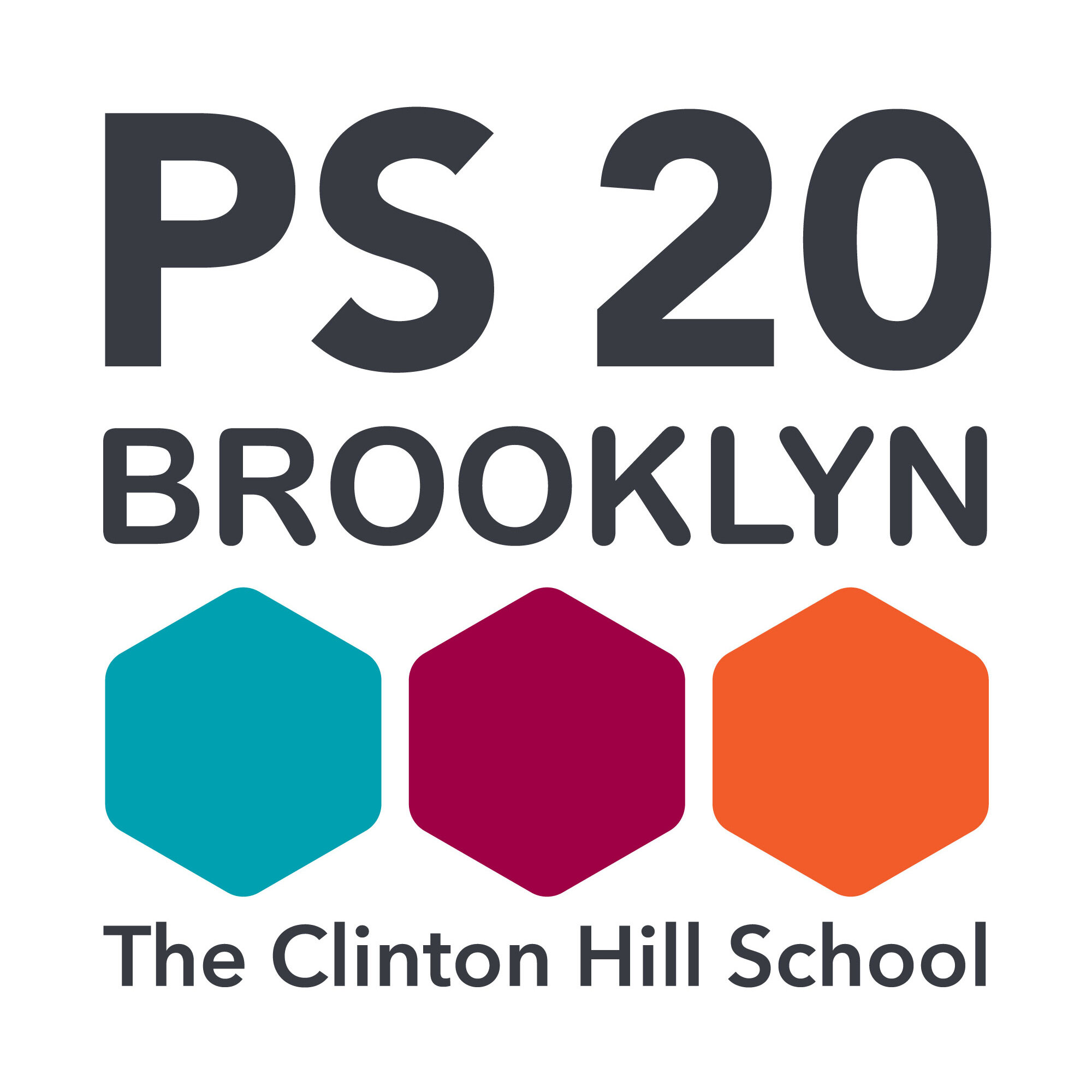IEP Overview for Families
New York State (NYS) regulations defines an Individualized Educational Program (IEP) as a written statement for a student with a disability that is developed, reviewed and revised by a Committee on Special Education (CSE), Subcommittee on Special Education or Committee on Preschool Special Education (CPSE). The IEP is the cornerstone of the special education process for each individual student with a disability. The IEP is the tool that ensures a student has access to the general education curriculum and is provided the appropriate learning opportunities, accommodations, adaptations, specialized services and supports needed for the student to progress towards achieving the learning standards and to meet his or her unique needs related to the disability.
The IEP has specially designed strategies and management needs to meet the individual needs of a student with a disability. The IEP is created by a team that includes you, the parent. It will contain information about your child’s interests, strengths, needs, and IEP goals. It is a map that lays out the special education instruction, supports, and services your child needs to make progress and succeed in school. The IEP is a legal document that describes how the Department of Education (DOE) will provide your child with a Free Appropriate Public Education (FAPE) in the Least Restrictive Environment (LRE) appropriate to meet your child’s needs. LRE means that your child will be in schools and classrooms with peers without disabilities for as much of the day as possible.
Special Education services available at Ps20
A) Related Services in special education are services that help a child with a disability benefit from special education:
Speech and/or Language Therapy - Helps students who have difficulty understanding or using spoken language
Occupational Therapy - Helps students with physical needs that include fine Motor and Visual Motor Skills, Sensory Processing and Visual Perceptual Skills, Cutting, Pencil Grip, Writing and Hand Strengthening Activities.
Physical Therapy - These services generally address a child’s posture, muscle strength, mobility, and organization of movement in educational environments.
Counseling - Helps students improve their social, emotional, and coping skills.
Hearing Education Services - Helps students who are deaf or hard of hearing improve their communication skills. Goals may focus on speech-reading (also known as lip-reading), auditory training, and language development.
B) Special Education Teacher Support Services (SETSS) help students to remain in the general education classroom and use the combined expertise of both the general and special education teacher. The ELA and Math support can be provided within the general education classroom or in a separate location, one period per day. Group size for SETSS provided may not exceed a maximum of eight students.
C) Integrated Co-Teaching Services (ICT) classes are composed of students with and without disabilities learning together. ICT classes are taught by two teachers: one general education or content-area teacher and one special education teacher. The co-teachers collaborate to adapt and modify instruction so all students can access the grade-level curriculum. The number of students with disabilities in an ICT class may not exceed 40 percent of the total class register with a maximum of 12 students with disabilities.
Questions you can ask your child's teacher
About your child's progress and needs:
What are my child's current strengths in the classroom?
What areas is my child currently struggling with academically or socially?
How is my child progressing towards their IEP goals?
What specific learning strategies are being used to support my child's needs?
What accommodations or modifications are in place for my child in the classroom?
Regarding your child's IEP:
Can you explain the specific goals outlined in my child's IEP?
How often will I be updated on my child's progress?
What role will the special education teacher play in supporting my child's learning?
About supporting your child at home:
What can I do at home to support my child's learning based on their IEP goals?
Are there any specific activities or strategies you recommend for practice at home?
Do you know of any websites or other online support programs available that I can work with my child at home?
If my child is taking an excessive amount of time (i.e., over 1.5 hours) to complete homework, what should I do?

